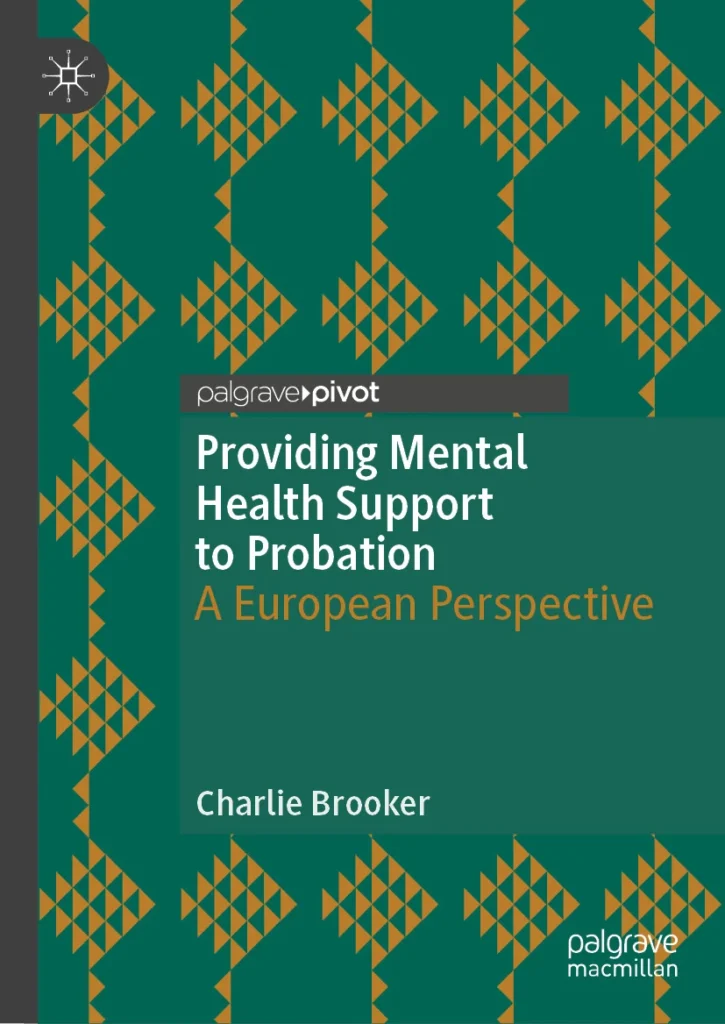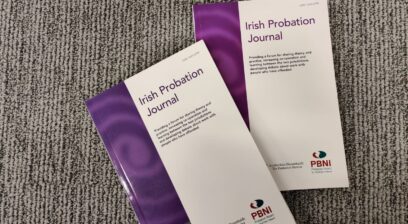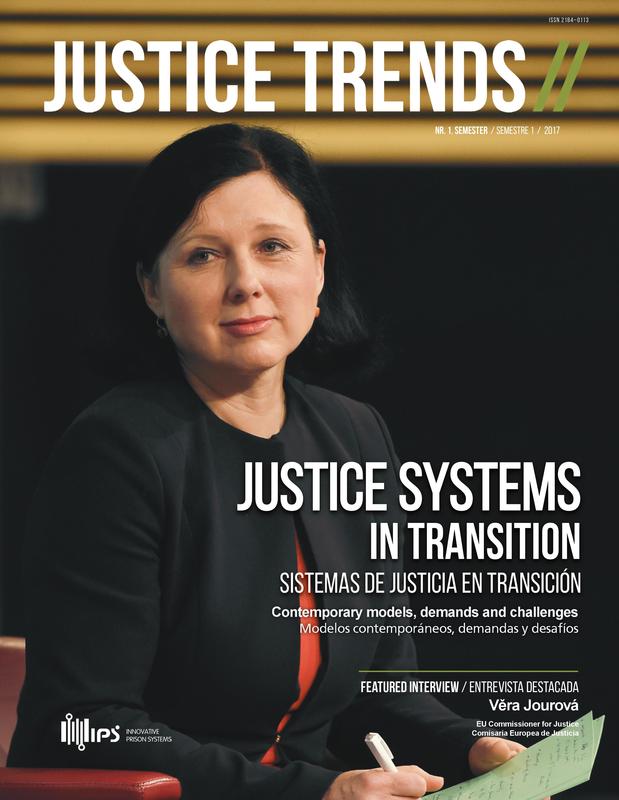In 2014, the IPPF (International Penal and Penitentiary Foundation) initiated a global research project on women in prison. Seven authorities in the field of women in prison were asked to write an article on the topic. Furthermore, representatives from 23 countries were asked to fill out a questionnaire on women in prison. Questionnaires were sent to the following countries: Argentina, Australia, Austria, Brazil, England and Wales, Finland, France, Germany, Greece, Ireland, Italy, the Netherlands, New Zealand, Poland, Portugal, Russia, South Africa, Spain, Switzerland, Taiwan, Thailand, Turkey and the United States of America. The responding states were asked to report on the situation in their country considering the following topics: (a) the international legal framework applicable to women in prison, (b) statistics relevant to women in prison (c) criminological factors relevant to women in prison and (d) the actual conditions of women in prison. As to the latter, the responding states were asked to describe whether these conditions are in accordance with the Bangkok Rules. Both the seven thematic articles and the 23 national reports were published in Van Kempen P.H.P.H.M.C. & Krabbe, M.J.M. (eds.), Women in prison: the Bangkok Rules and beyond, Antwerpen: Intersentia, 2017. The introductory chapter to this book presents an overview of the topic of women in prison, referring to the seven thematic articles, the 23 national reports and to supplementary studies on women in prison. The chapter is available for free, right here.
A brief overview of this chapter – focusing on the questionnaire topics and the research results pertaining to Europe – is presented below.
International legal framework
Different categories of international rules are applicable to women in prison: general human rights treaties (such as the European Convention on Human Rights), specific human rights treaties (on torture, war, children, women and work) and international instruments relevant to prisoners (Mandela Rules, European Prison Rules, Bangkok Rules). Most of the respondent states have ratified and/or implemented this international framework. However, not all of these rules are applied in practice, as a fair number of responding states indicates.
Statistics
There are about 700.000 women in prison worldwide. Approximately 98,906 of these women can be found in European prisons. In Europe, 4.9% of the prison population is female. This is a lower number than the 6.8% worldwide average. The highest female prison population rates (per 100,000 of the national population) can be found in the Americans, the lowest in Africa. Middle levels apply to Europe, Asia and Oceania. Within Europe, the lowest female prison population rates can be found in Ireland, France and Italy. The number – and this is a shocking number – of women in prison worldwide has increased with 50% since 2000. This rise cannot be explained in terms of growth of national population levels. The European rise of women in prison is not as dramatic as the worldwide average. In Europe, the number of women in prison only grew 4.4% since 2000.
Criminological factors
As to the causes of criminal behavior of women, various studies demonstrate that women’s pathways to prison can be identified by several shared features, such as: a history of child abuse, sexual abuse, domestic violence, poverty, low level of education, minimum employment histories compared to male prisoners, mothering and responsibilities for others, mental health problems and addiction. Most crimes that women are convicted for, also in Europe, are economic in nature. The highest rates result from drugs-related crimes, but theft and embezzlement also have a high occurrence. In general – but there are several exceptions in Europe – women are less likely to be convicted to a prison sentence than men, and if they are convicted sentences are short.
The actual conditions of women in prison
Several areas in the field of women in prison were so frequently mentioned by the reporting states that they probably require urgent attention from governments. These areas are: health care, children in prison, searches and prison design. Moreover, governments should make an effort to bring down the number of women in prison. Female imprisonment has a high cost, and its effects are often negative. Several suggestions are provided to reduce the number of women in prison.
References relevant to the numbers and facts mentioned in the above summary can be found in:
- Krabbe, M.J.M. & Van Kempen, P.H.P.H.M.C., Women in prison: a transnational perspective, in: Van Kempen P.H.P.H.M.C. & Krabbe, M.J.M. (eds.), Women in prison: the Bangkok Rules and beyond, Antwerpen: Intersentia, 2017, p. 3-34.
- Van Kempen P.H.P.H.M.C. & Krabbe, M.J.M. (eds.), Women in prison: the Bangkok Rules and beyond, Antwerpen: Intersentia, 2017.












